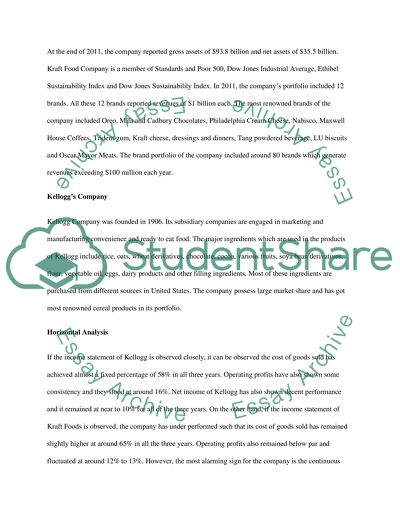Cite this document
(The Performance of the Companies: Kellogg and Kraft Foods Essay, n.d.)
The Performance of the Companies: Kellogg and Kraft Foods Essay. Retrieved from https://studentshare.org/finance-accounting/1593469-financial-statement-analysis
The Performance of the Companies: Kellogg and Kraft Foods Essay. Retrieved from https://studentshare.org/finance-accounting/1593469-financial-statement-analysis
(The Performance of the Companies: Kellogg and Kraft Foods Essay)
The Performance of the Companies: Kellogg and Kraft Foods Essay. https://studentshare.org/finance-accounting/1593469-financial-statement-analysis.
The Performance of the Companies: Kellogg and Kraft Foods Essay. https://studentshare.org/finance-accounting/1593469-financial-statement-analysis.
“The Performance of the Companies: Kellogg and Kraft Foods Essay”, n.d. https://studentshare.org/finance-accounting/1593469-financial-statement-analysis.


